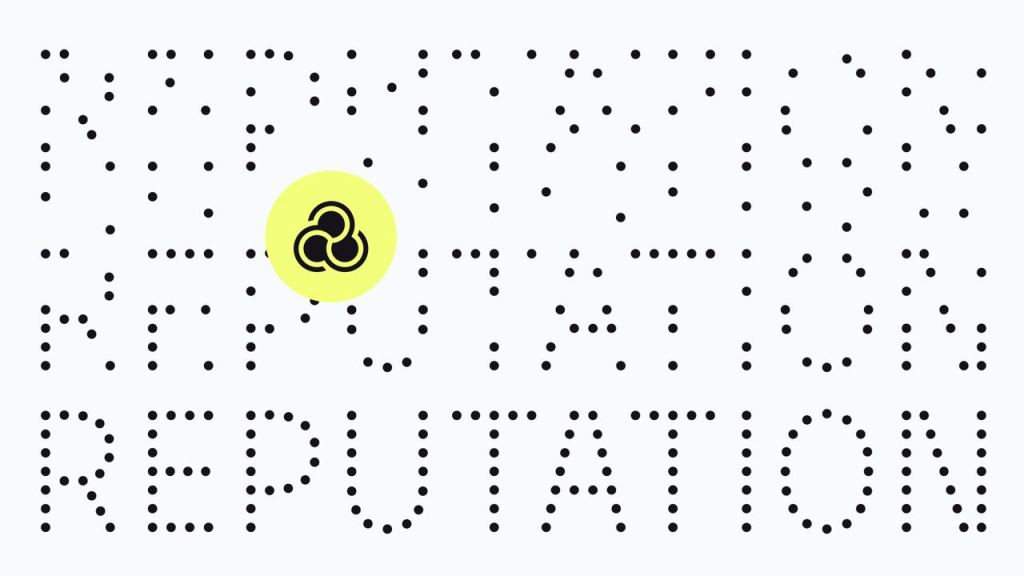
If you follow the world of robotic exoskeletons with any frequency, you’re no doubt aware of the two primary categories. The first is aimed firmly at workers with strenuous or repetitive jobs such as lifting and transporting packages. The second is assistive, largely focused at individuals with mobility impairments.
The latter category is often the domain of soft robotic exoskeletons — those with fabric parts designed to be more of a day-to-day assistive accessory. These systems are also increasingly focused on specific issues that impact people’s ability to get around. After all, not all mobility impairments are created equal.
In the case of people with Parkinson’s disease, “freezing” is a frequent issue that impacts the ability to walk, while increasing the likelihood of falls. The symptom causes people to lose their footing while walking, shortening steps before stopping altogether.
There have been a number of attempts to tackle the issue, from medication to physical therapy to surgery, but existing solutions are limited in their efficacy.
New research from a joint team from Harvard and Boston University, published in Nature Medicine, demonstrates how soft robotic exoskeletons can address the issue.
The wearable technology features sensors that detect movement and utilize algorithms to estimate the walker’s gait. Cable-driven actuators kick in, assisting walking midstride.
“We found that just a small amount of mechanical assistance from our soft robotic apparel delivered instantaneous effects and consistently improved walking across a range of conditions for the individual in our study,” says Harvard professor Conor Walsh.
Researchers worked with a 73-year-old man with Parkinson’s who suffers from freezing more than 10 times a day. In their research, which was carried out over the course of six months, Walsh’s team was able to eliminate freezing in patients while walking indoors. In turn, they were also able to walk farther and faster.
Harvard notes, “The effect was instantaneous. Without any special training, the patient was able to walk without any freezing indoors and with only occasional episodes outdoors. He was also able to walk and talk without freezing, a rarity without the device.”
The Harvard Biodesign Lab is the same group that designed an exosuit for stroke patients that was subsequently licensed by the startup ReWalk Robotics. If the promising early results are any indication, this new technology could someday follow in its footsteps to commercialization.
